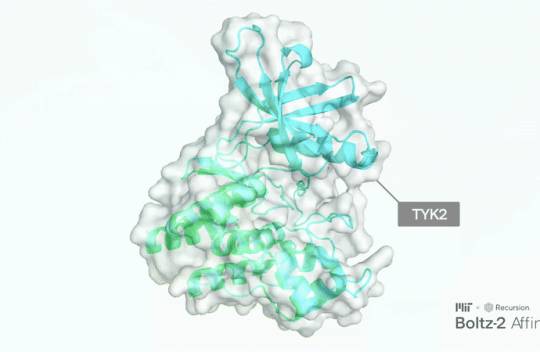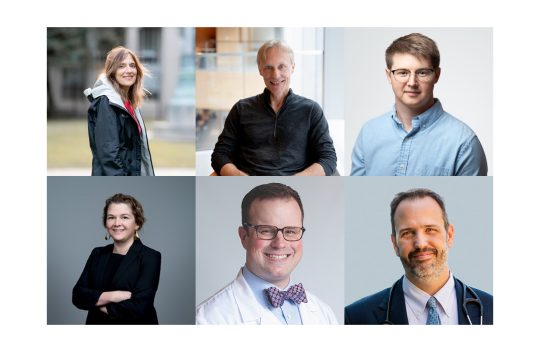Category: Uncategorized
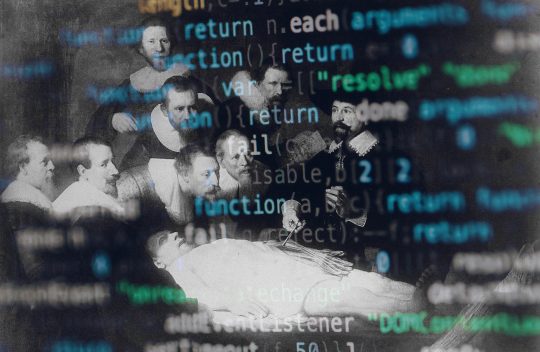
MIT and Mass General Hospital researchers find disparities in organ acceptance
Most computational research in organ allocation is focused on the initial stages, when waitlisted patients are being prioritized for organ transplants. In a new paper presented at ACM Conference on Fairness, Accountability, and Transparency (FAccT) in Athens, Greece, researchers from MIT and Massachusetts General Hospital focused on the final, less-studied stage: organ offer acceptance, when an offer is made and the physician at the transplant center decides on behalf of the patient whether to accept or reject the offered organ. Learn more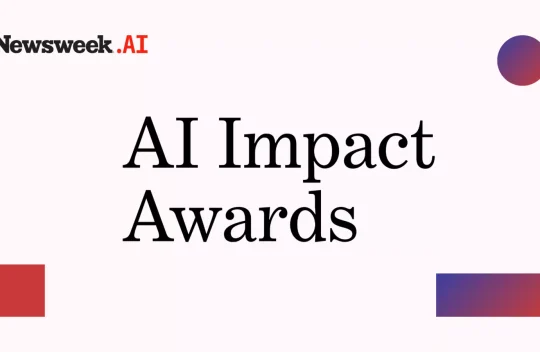
AI Impact Awards 2025: How 7 Health Care Winners Measure Impact
In 2020, researchers at the Collins Lab at MIT made a landmark discovery when they used AI to identify a new class of antibiotics. Phare Bio was born from that breakthrough, and has since leveraged AI to uncover two additional novel antibiotic classes.The company's model prioritizes the superbugs identified as the most dangerous by the CDC and the WHO, and predicts drug efficacy, toxicity and pharmacokinetics with high accuracy. Phare Bio has also developed AIBiotics, a generative AI platform that designs new antibiotics.
Ultimately, the company aims to improve the efficiency of antibiotic research and development, according to Dr. Akhila Kosaraju, its president and CEO.
How does it measure that? Ultimately, by "taking better and fewer shots on goal," Kosaraju told Newsweek. It often costs between $1.3 and $1.5 billion to get a single drug over the finish line for FDA approval.
"Those numbers are so high [because they] encompass all of the failures along the way to get to that one exceptional drug," Kosaraju said. "If we can reduce the number of shots on goal substantially, we can half or quarter the cost and time to get these drugs into clinical trials, and then ultimately to be FDA-approved."
To see the full list of AI Impact winners, visit the official page for Newsweek's AI Impact Awards. Learn more
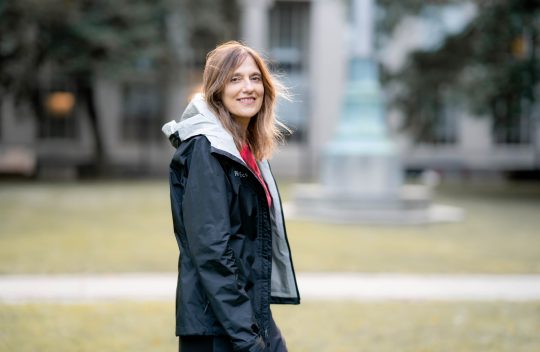
Can AI Predict Breast Cancer? How a Scientist’s Personal Challenge Launched a Professional Mission
When Regina Barzilay was diagnosed with breast cancer in 2014, it upended her life and shifted the direction of her research. Already an accomplished computer scientist specializing in natural language processing, her experience as a patient shed light on the possibility of new applications for machine learning and revealed a stark disconnect between technology’s promise and its implementation in health care. “It was upsetting to see that all these great technologies are not translated into patient care,” she recalls. “I wanted to change it.” After going through her own treatment, Barzilay’s work took on an urgent new focus: could the very technologies she used in her research predict who might be at risk for breast cancer? Learn more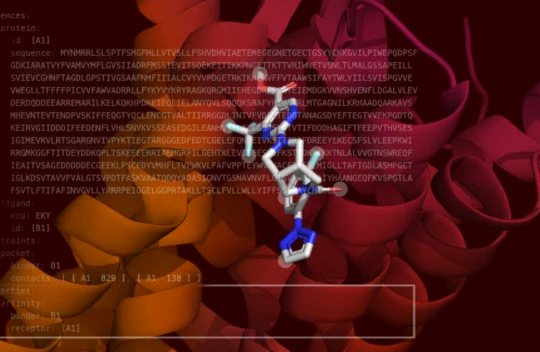
Boltz-2 Released to Democratize AI Molecular Modeling for Drug Discovery
Researchers from the Massachusetts Institute of Technology (MIT) Jameel Clinic for Machine Learning in Health have announced the open-source release of Boltz-2, which now predicts molecular binding affinity at newfound speed and accuracy to democratize commercial drug discovery. The model is available under the highly permissive MIT license, which allows commercial drug developers to use the model internally and apply their own proprietary data. Learn more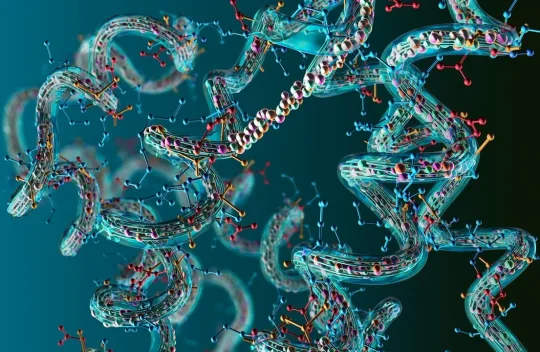
The Prototype: This AI Model Could Make It Faster To Find New Medicines
The 2024 Nobel Prize in Chemistry was awarded in part to Deepmind’s Demis Hassabis and John Jumper for the development of AlphaFold–an AI model that predicts the structure of proteins, the complex chemicals essential to making our bodies work. Since its inception, this model and others like it have been put to use in laboratories around the world, enabling new biological discoveries.Now a team from MIT and pharmaceutical company Recursion, with support from Cancer Grand Challenges, have developed a tool that takes these principles further–and may help researchers find new medicines more quickly. Called Boltz-2, this open-source generative AI model can not only predict the structure of proteins, it can also predict its binding affinity–that is, how well a potential drug is able to interact with that protein. This is crucial in the early stages of developing a new medicine. Learn more



